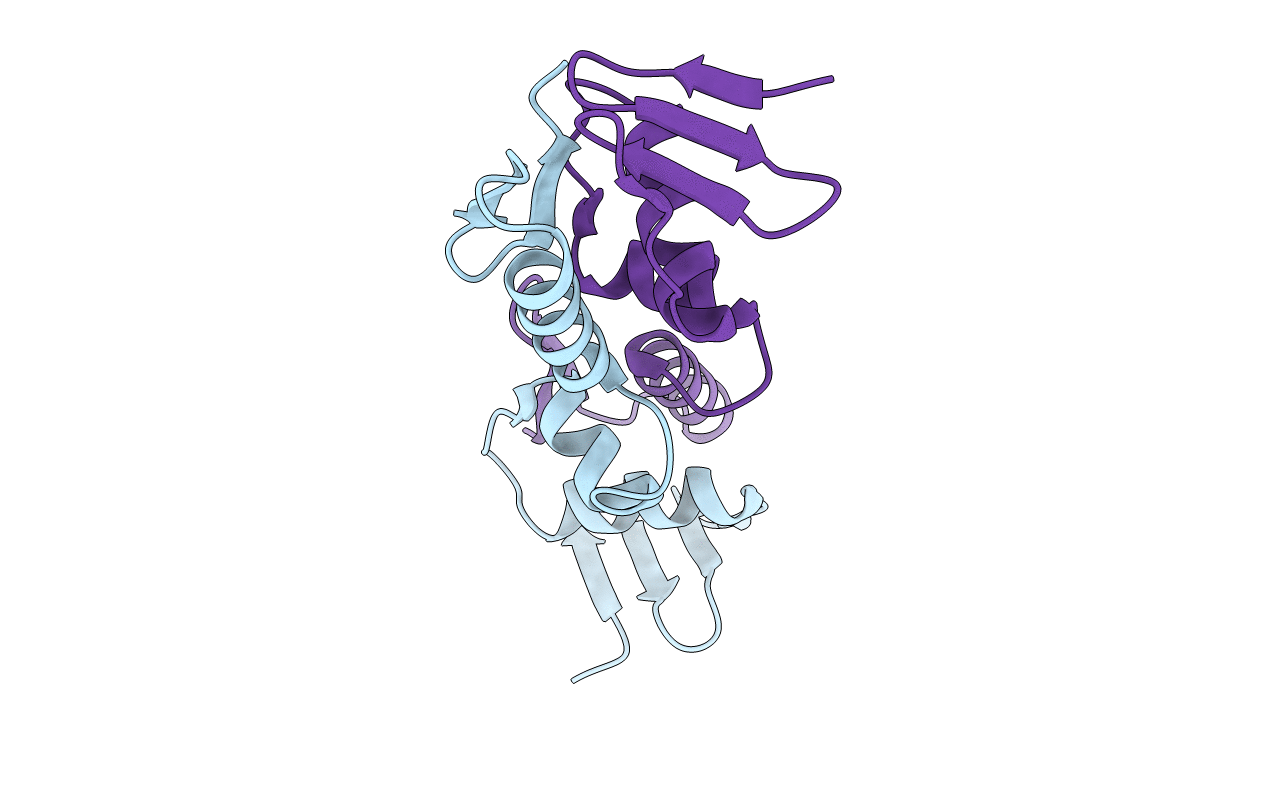
Deposition Date
2021-03-03
Release Date
2021-04-28
Last Version Date
2024-03-27
Entry Detail
PDB ID:
7E92
Keywords:
Title:
Crystal structure of the DNA-binding domain of the response regulator VbrR from Vibrio parahaemolyticus
Biological Source:
Source Organism:
Vibrio parahaemolyticus (Taxon ID: 670)
Host Organism:
Method Details:
Experimental Method:
Resolution:
1.80 Å
R-Value Free:
0.23
R-Value Work:
0.18
R-Value Observed:
0.18
Space Group:
P 21 21 21


